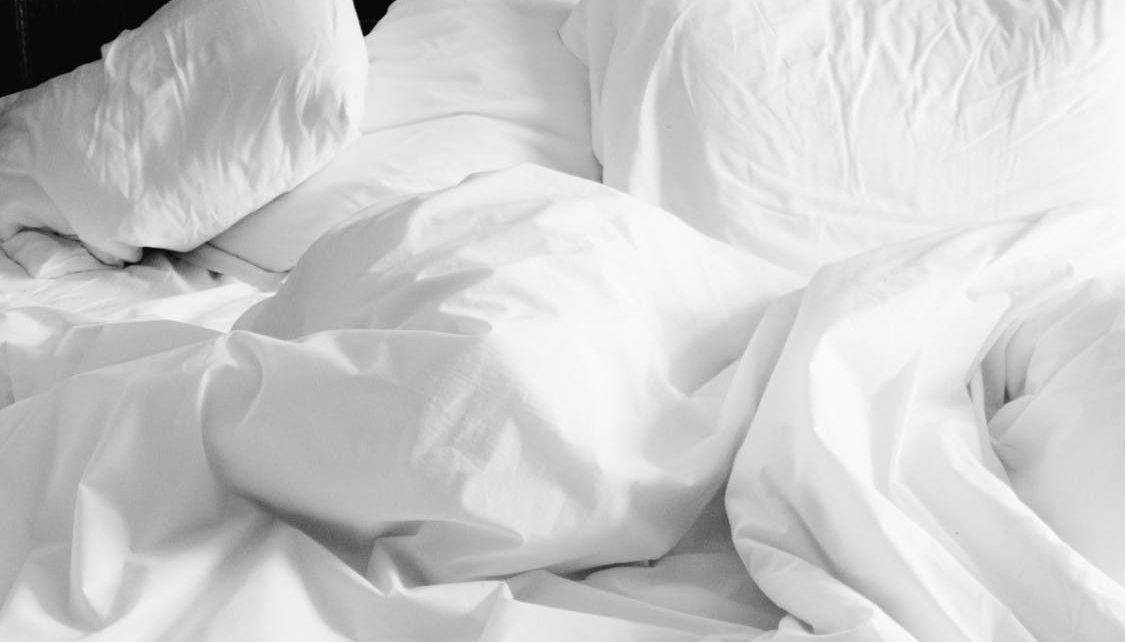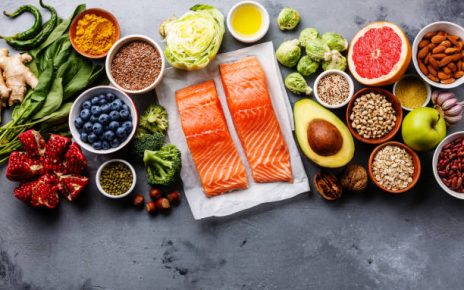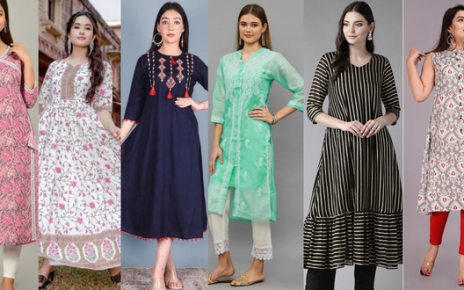With winters having already set in, you cannot help but think about the cosiest bed ever. The quilts are the most inviting bedding products that promise you the most warmth as well. However, if you will choose wrong quilt for the weather in your region, it could be a blunder.
For all those who are new to the art, you will be surprised by the variety that is available in the market! But for anyone who is either looking forward to buy a new cosy piece or willing to try their hands on the skill, you must know about the four broad categories they can be divided into.
Four Basic Types of Quilts
- Pieced Quilts
Most of the people who know even a little about quilting will know ‘Pieced Quilts’ as the only kind of quilt, such is the popularity of this type of quilt. One of the basics, it is an all-American quilt.
How it is made: A Pieced quilt is made by putting together smaller blocks. Small blocks are first sewn together; they are then pressed and then further sewn together in the pattern of rows and columns to create the final piece. The quilt is designed using machine or hand to give a large pattern to it overall.
- Appliqué Quilts
When you think of innovative designs beyond rectangles, triangles and squares, think of Appliqué quilts. There are two ways you can add appliqué to your quilts—interfaced and raw edged.
Raw Edge Technique: Take a fusible web and trace the appliqué you want on it, peel its back off, place it on the fabric and iron it on the spot where you want it. Cut the shape, peel away the paper that is left, and stick it on the quilt and press. Now sew the edges using your favourite stitches whether it is blanket stitch, zig-zag stitch or any other and give it a final look.
Interfaced Technique: Cut the fabric and also a lightweight interfacing matching it. Stitch the right sides around the edges; use only ¼ of the seam. Now turn the interfacing right side out with a snip in the middle. Press it well, place it on your quilt and stitch around the edges to get everything together.
- Paper pieced quilts
Print out your favourite templates for this one. Since templates come numbered, start with1 and go up. The lines on the templates show where the seam needs to be. So stitch the pieces together following the lines and you will get your finished piece. Stitch in the ditch is a commonly used quilting style.
- English Paper Piecing
English Paper piecing is a traditional technique. Print your favourite template, cover it with fabric, paste and press it. Put the hexagons together using a small whipstitch and remove the paper as a final step.
The final word
Which quilt is the best will depend largely on what you are looking for! If you are looking for an antique quilt that has your grandmother’s touch, English paper piecing will suit your taste. If you want to play around with different shapes, try paper pieced quilts. Use interfaced quilting if you have a large piece, preferably a circle. And a pieced quilt should be your choice if you wish to use quilt that has a classic charm to it.




